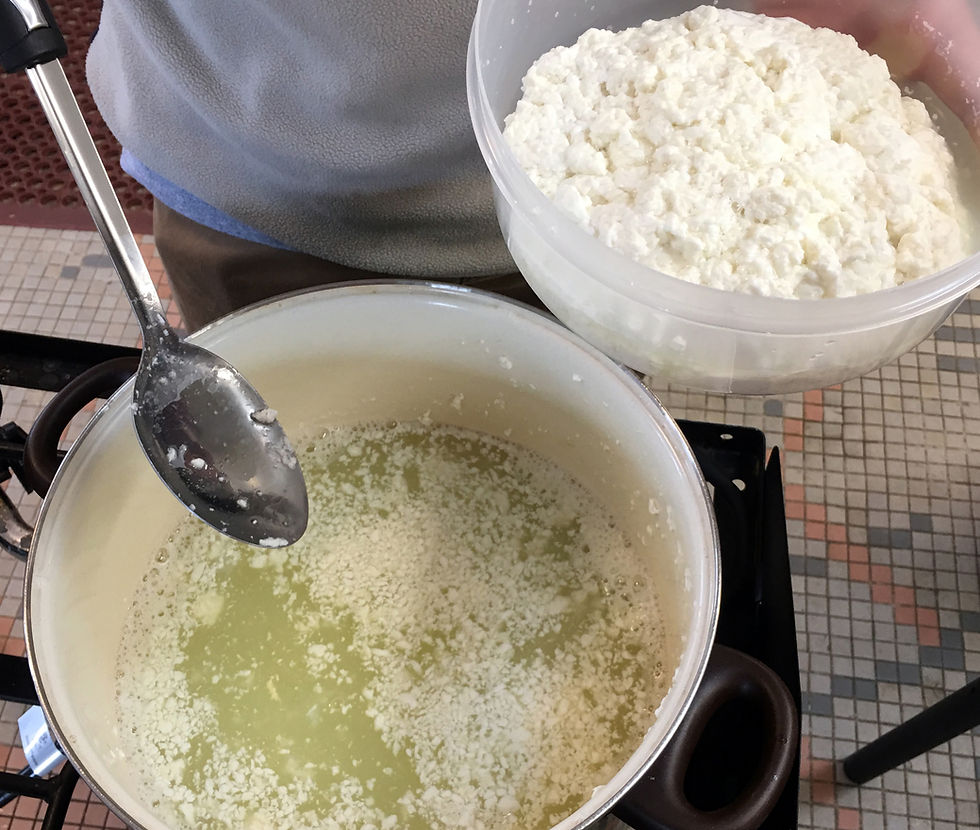Water, the Hub of Life
- FamilyDisasterPrep

- Jan 12, 2018
- 3 min read
Updated: Apr 15, 2018
When the well's dry, we know the worth of water.
Benjamin Franklin

Water is necessary for life and therefore one of the most essential elements of preparedness. One to three gallons per person per day is considered a minimum requirement. Possible sources of water if a water utility is not available include streams, lakes, wells, and rain collection systems.
There are four general ways to ensure water is drinkable:
Desalination: Turning saltwater into fresh water. On an individual or family level this is expensive and slow.
Sanitization: Uses products such as bleach to sanitize the water. Bleach sanitizing requires 8 drops standard bleach (avoid scented, “color safe” bleach or any with added cleaners) per gallon of clear water, mix and let stand at least 30 minutes. [Note: 20 drops equal 1 milliliter and 98 drops equal one U.S. teaspoon. The major drawbacks to this method are you must have the sanitizing agent such as bleach and you must do the math for careful measurement for the amount of water.]
Pasteurization: Boiling water for 1-3 minutes and then allowing to cool. This is an excellent method but has drawbacks. One must have the fuel to bring the water to a boil and the time to cool the water.
Filtration: Filtering the water. You can use a high tech filter such as products from quality brand names such as Sawyer, Berkey (Big Berkey and Sport models are examples) and Katadyn. Pre-filter, if needed, which helps to extend filter life. Pre-filtering can be accomplished by running the water through sand, a coffee filter, or natural fabrics such as silk, cotton, and burlap prior to using high tech filters. You may need to filter multiple times.
We consider filtering the best method and the first step of any disaster preparedness plan is to have a high quality filter. The regular size Sawyer filter can be purchased for about $30 and the Mini Sawyer for about $20.
There is always a potential risk in consuming any drink or food. If the water source is highly questionable a more reliable approach is to combine methods. Filter then boil, for example.
What are considerations for storage and usage water during a disaster?
Commercially bottled water is one convenient way to store drinkable water but that requires many bottles and space for storage. One- to five-gallon plastic containers filled with water (“water bricks” for about $30 or Aqua-Tainers for about $15) with faucets attached are helpful as bathroom sink water and in the kitchen for washing dishes. Using a dish pan or similar container for washing dishes will keep usage low.
The image below includes photos of containers and filters mentioned in this post. You also will need a bucket of water for flushing toilets. This is a good use for "gray" water, water that is clean enough for a toilet but not drinkable, as with water that has been used to wash clothing, for example.






Comments